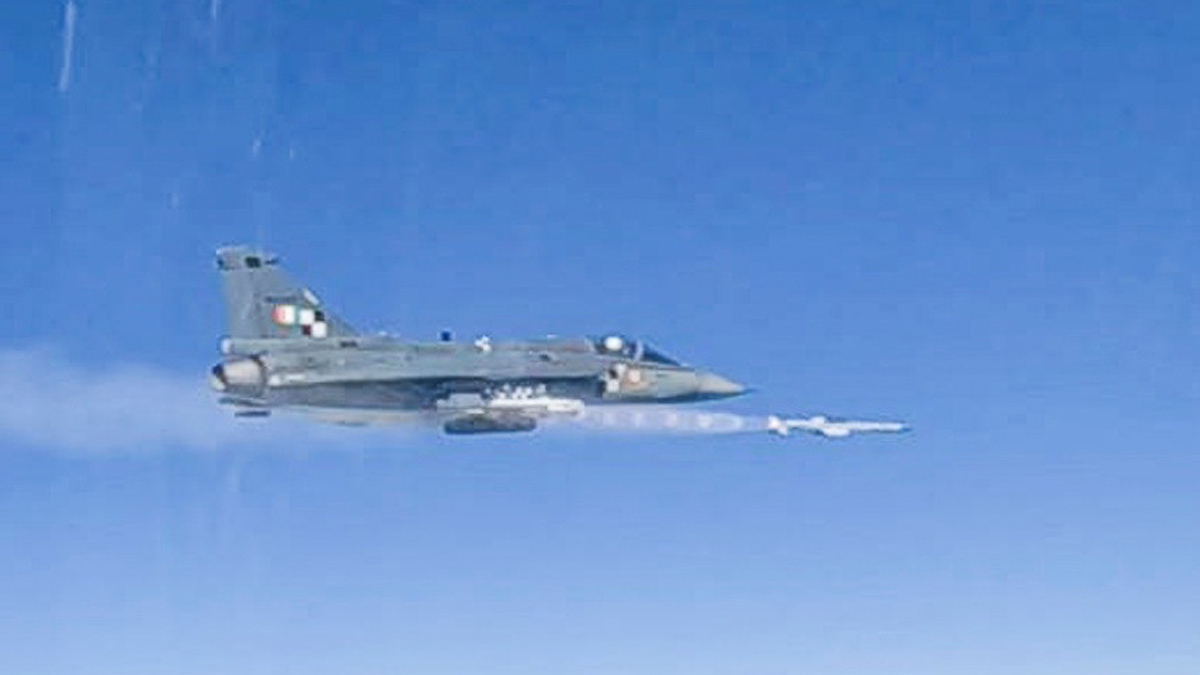China's PL-15E missile misfire by Pakistan could give India's Astra missile an unexpected edge: Report

While Operation Sindoor has demonstrated to the world the capabilities of India's indigenous defence systems, it has also been helping India to improve its weapon systems—in a rather unexpected way.
The discovery of an unexploded export variant of China's PL-15E long-range beyond-visual-range air-to-air missile (BVRAAM), developed by the China Airborne Missile Academy (CAMA), in a field near Hoshiarpur of Punjab has helped Defence Research and Development Organisation (DRDO) to make India's Astra Mark-2 programme better by incorporating the advanced features of the China-made missile, according to a Hindustan Times report.
ALSO READ: ‘Operation Sindoor’ was just a trailer; with BrahMos, habitual winners India can strike Pakistan’s every inch: Defence minister
The missile was found exploded as it reportedly did not have a self-destruct mechanism.
Pakistan Air Force (PAF) is the first and only confirmed operator of the PL-15E in the operational context. The missile that was found by the Indian side could have been fired from a Pakistan Air Force JF-17 or J-10C fighter.
While DRDO officials haven't divulged any details of the analysis of the missile, which was submitted to the defence ministry, sources have been quoted as saying by the HT that several superior features of the missile were identified by the scientists, including a miniature active electronically scanned array (AESA) radar, and an advanced propellant that can maintain speeds exceeding 5 Mach, besides highly developed anti-jamming capabilities.
The DRDO is reportedly planning to incorporate into the Astra missile development programme the various advanced features of the Chinese-origin missile to make India's weapon system more deadly.
This development comes amid reports that Pakistan is planning to procure from China the advanced ultra-long-range air-to-air missile PL-17.
Defence